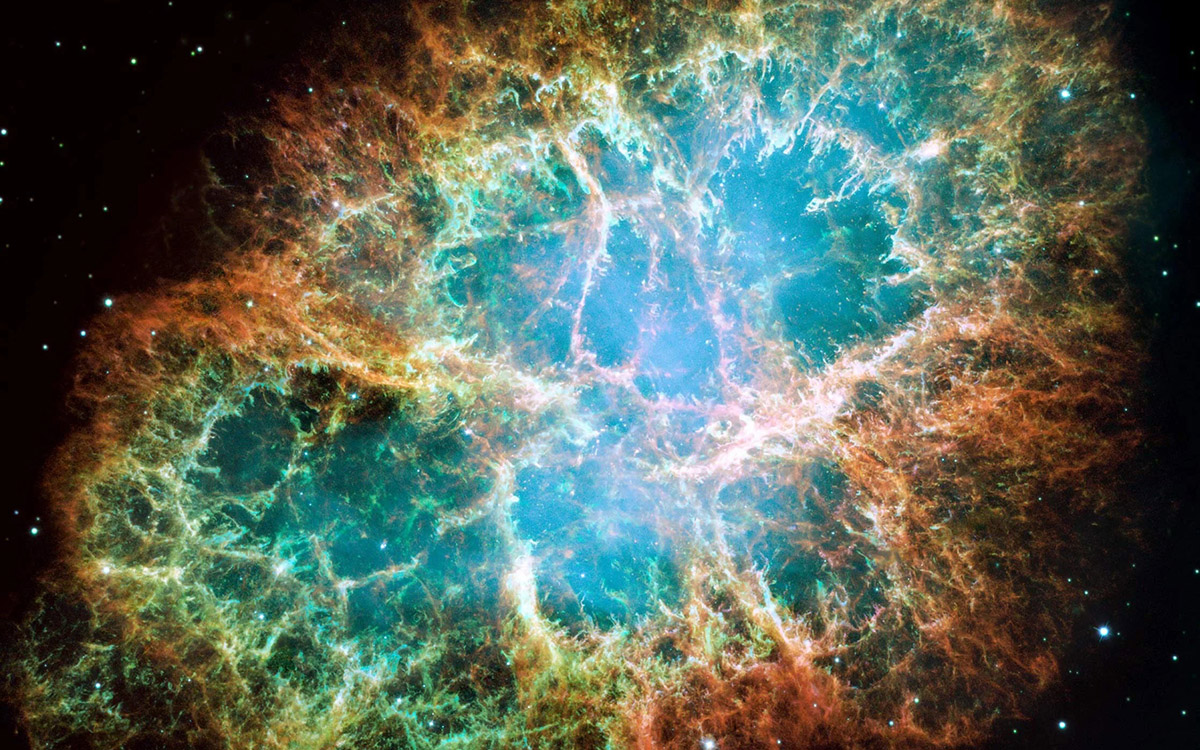Researchers have proposed a groundbreaking explanation for the enigmatic zebra-like radiation pattern emitted by the Crab Pulsar, a neutron star nestled 6,000 light-years away at the heart of the Crab Nebula. This pulsar, born from the remnants of a supernova explosion recorded in 1054, has long fascinated scientists due to its high-frequency emissions, which stand out among the broader population of pulsars.
A recent study, published in Physical Review Letters on November 15, sheds light on this phenomenon. The zebra-like radiation, characterized by distinctive spectral stripes, was analyzed by physicist Mikhail Medvedev from the University of Kansas. Medvedev’s research offers a new perspective on the unique patterns observed in the pulsar’s emission, paving the way for deeper insights into the behavior of neutron stars.
According to the study, the zebra-like effect arises from the diffraction of electromagnetic waves within the pulsar’s magnetosphere, a region dominated by intense magnetic fields and plasma. As the pulsar spins, its radiation beams sweep across space like a cosmic lighthouse, with the diffraction caused by the plasma introducing the characteristic striped patterns. These findings highlight the critical role of plasma density and magnetospheric dynamics in shaping the observed emissions.
The discovery not only enhances our understanding of the Crab Pulsar but also provides a framework for studying similar phenomena in other extreme astrophysical environments. By revealing how plasma interacts with electromagnetic waves in such conditions, the research contributes to broader efforts to decode the mysteries of pulsars and the fundamental physics governing their behavior.


















